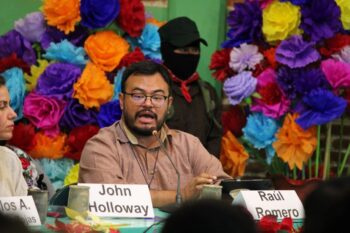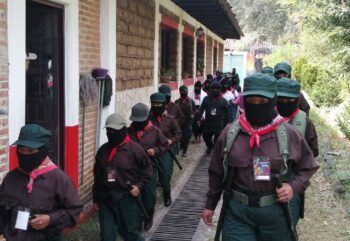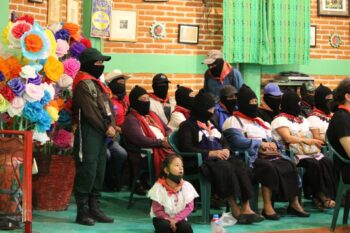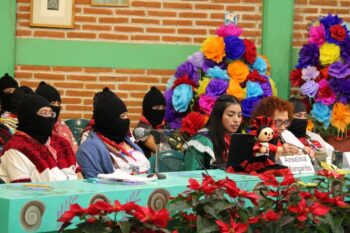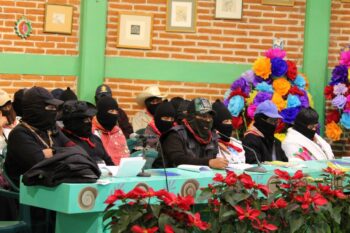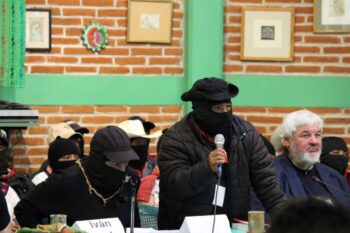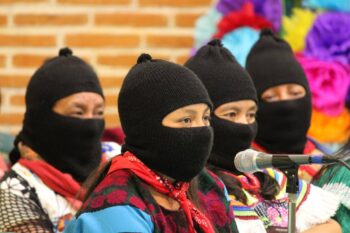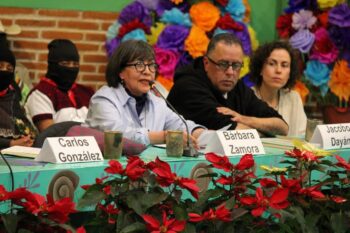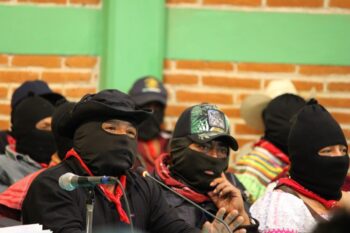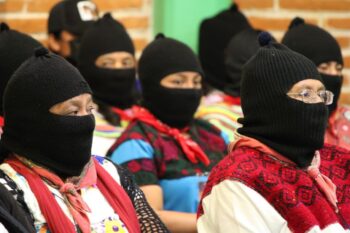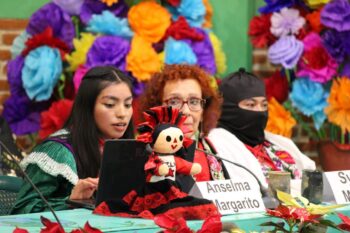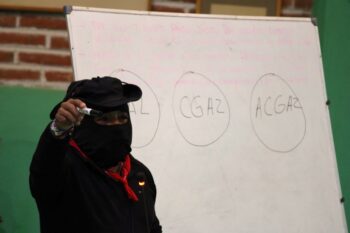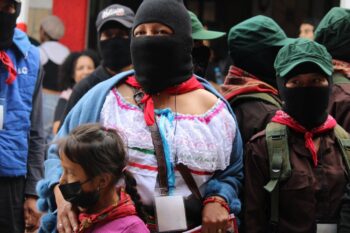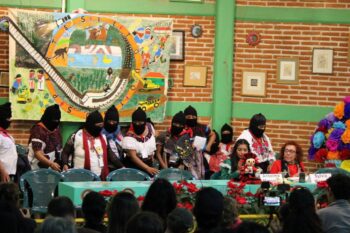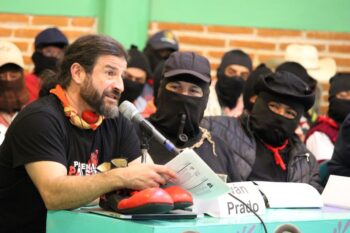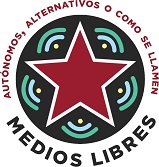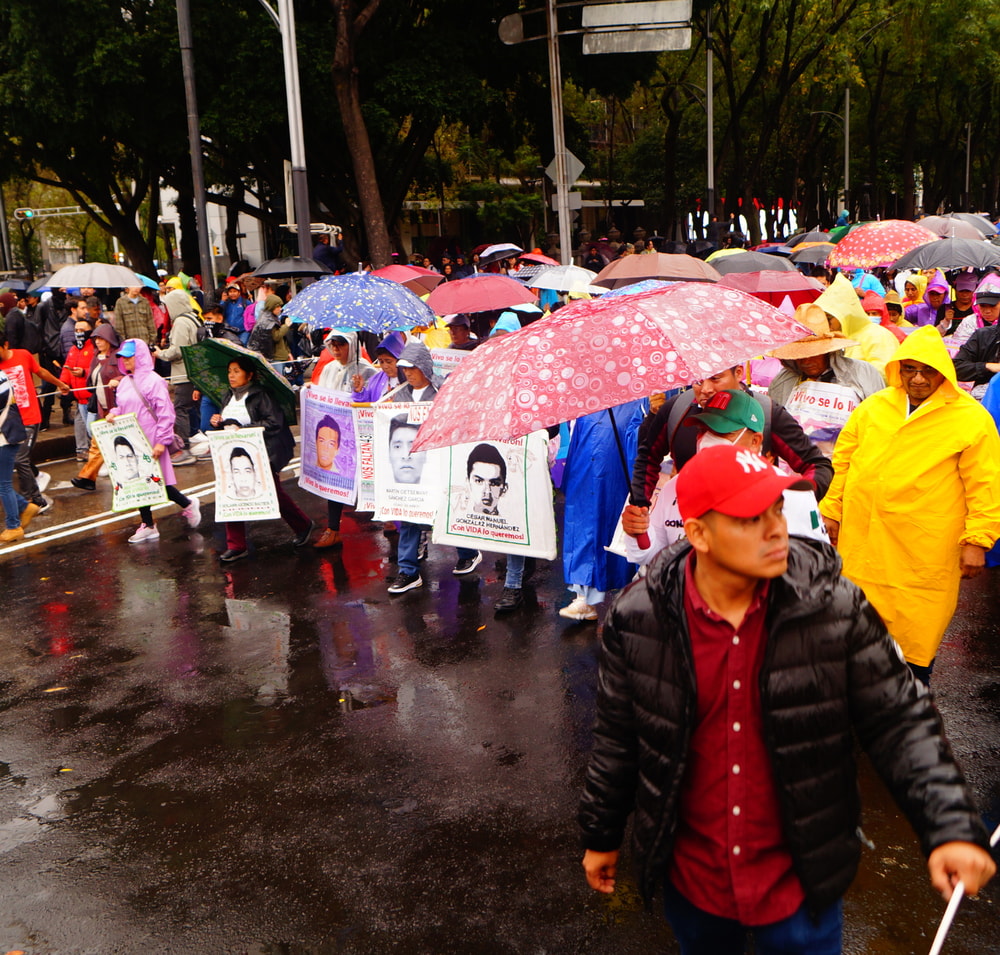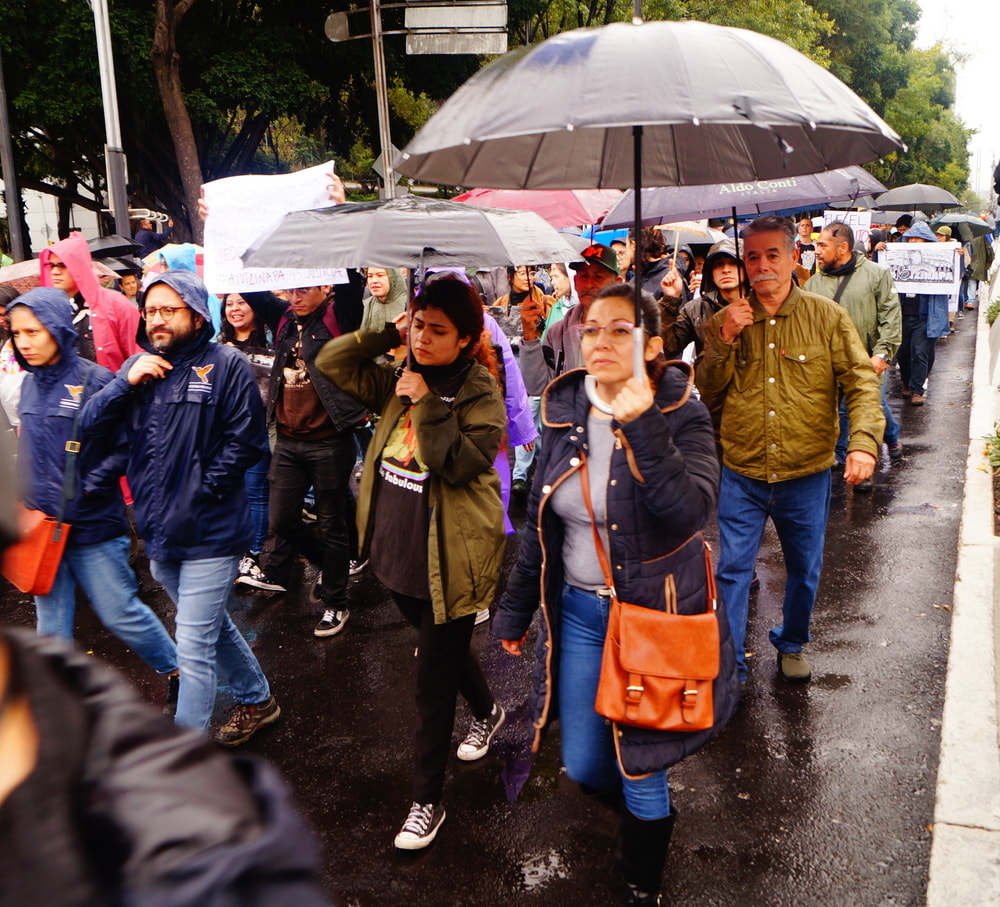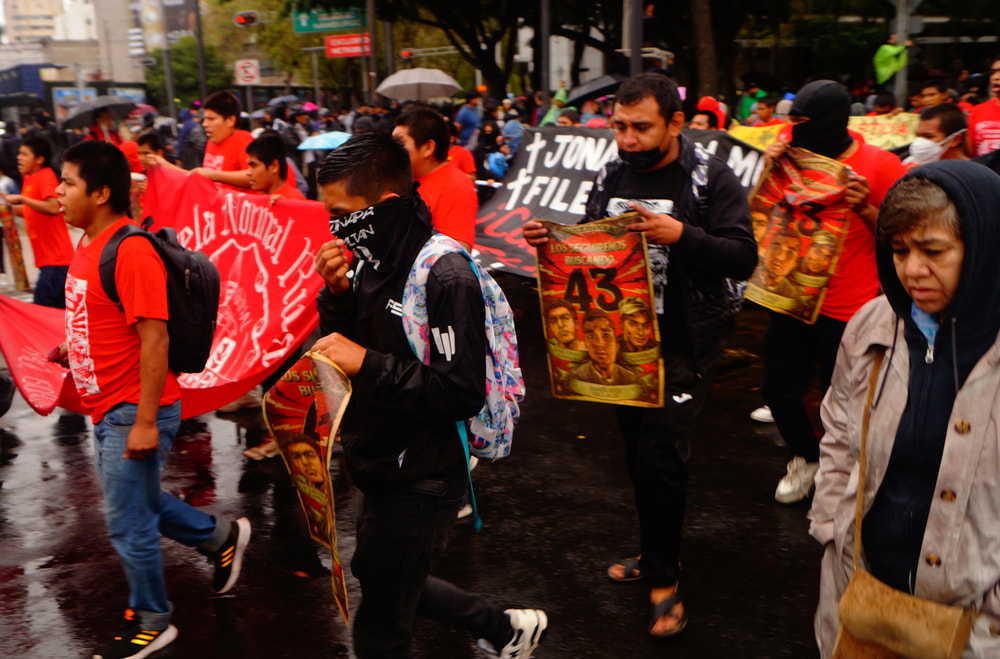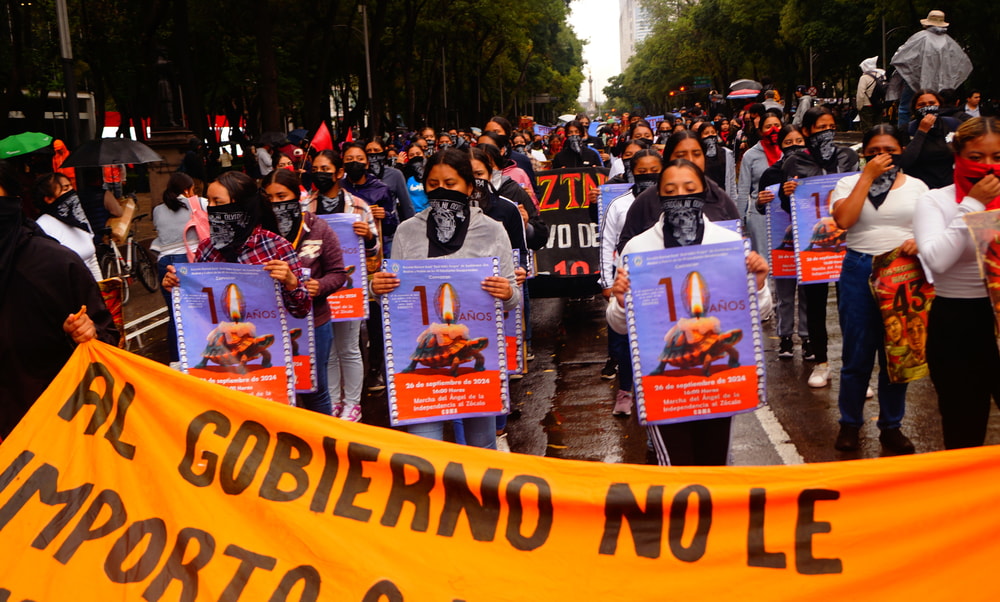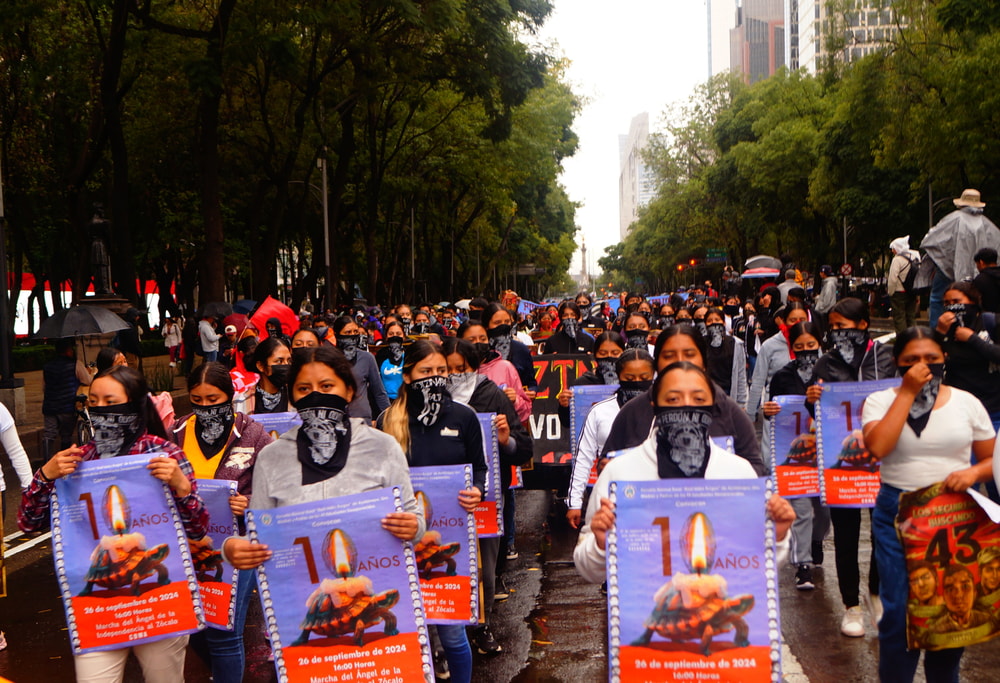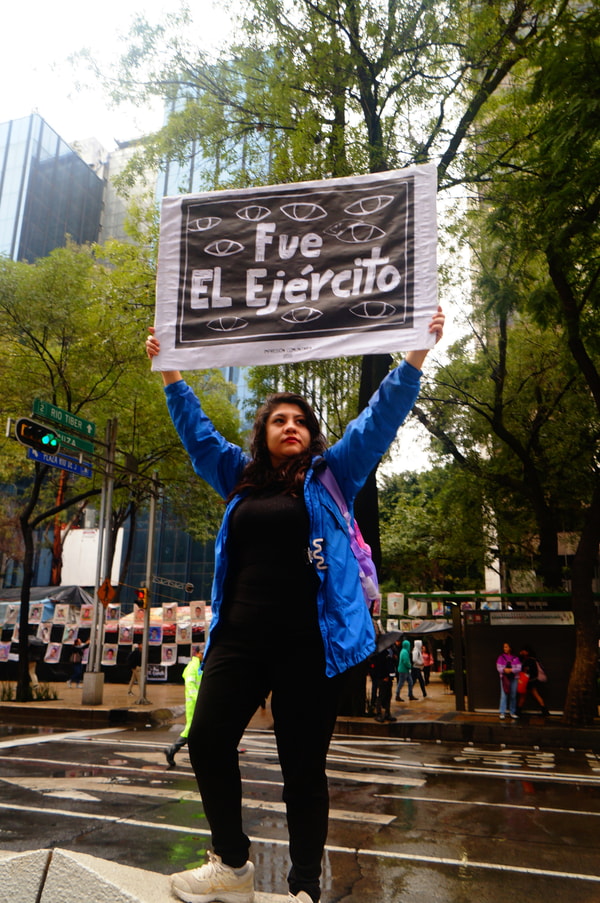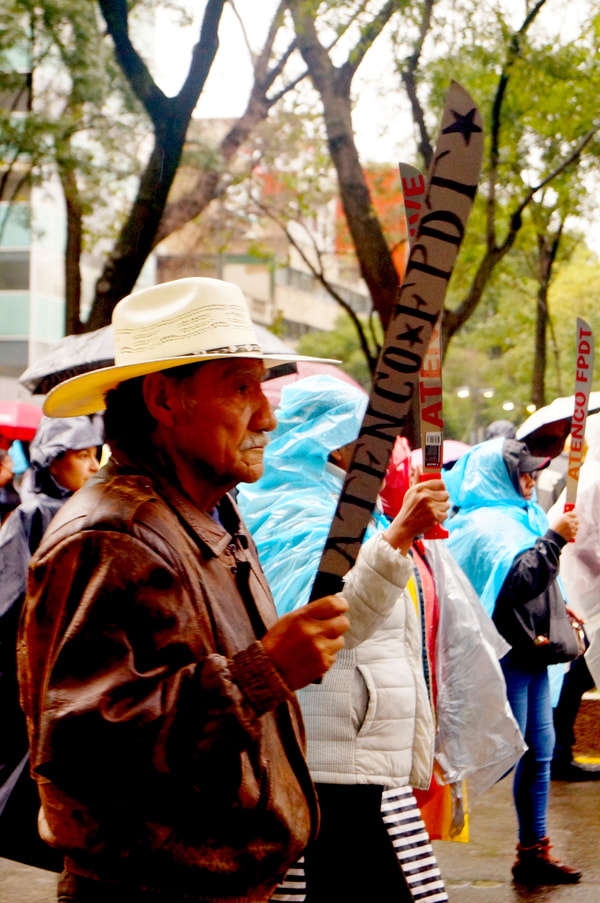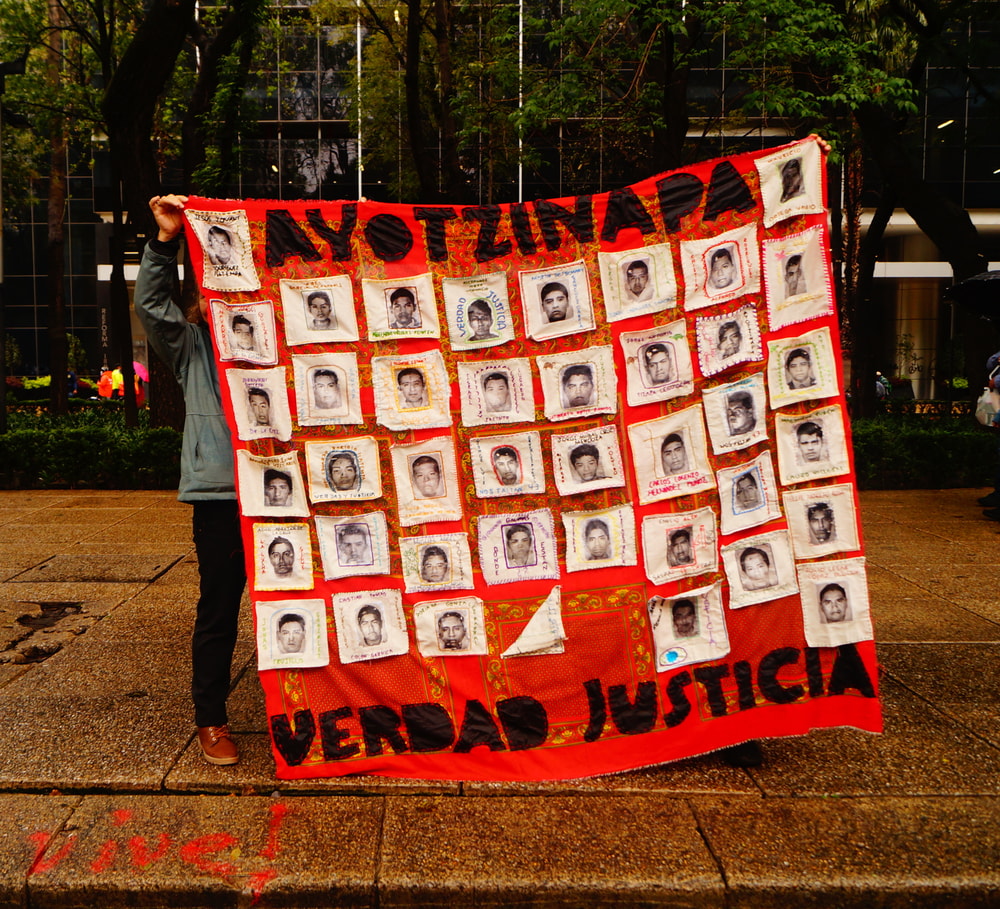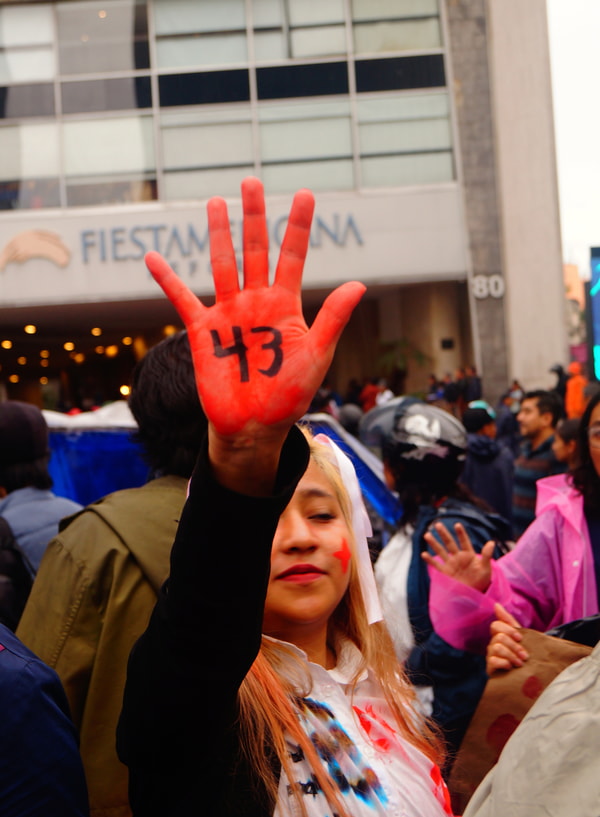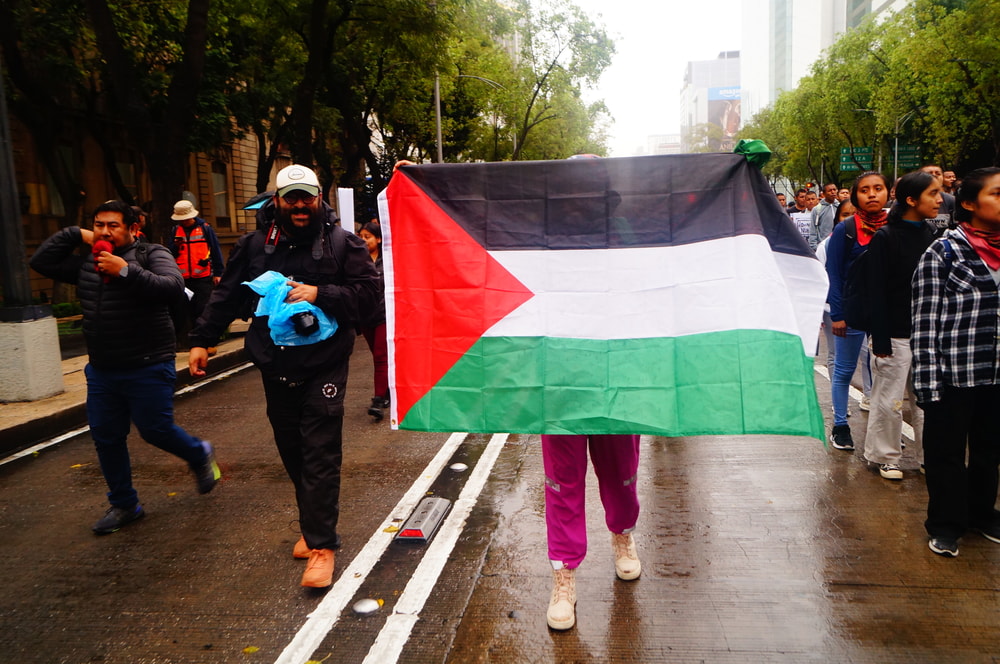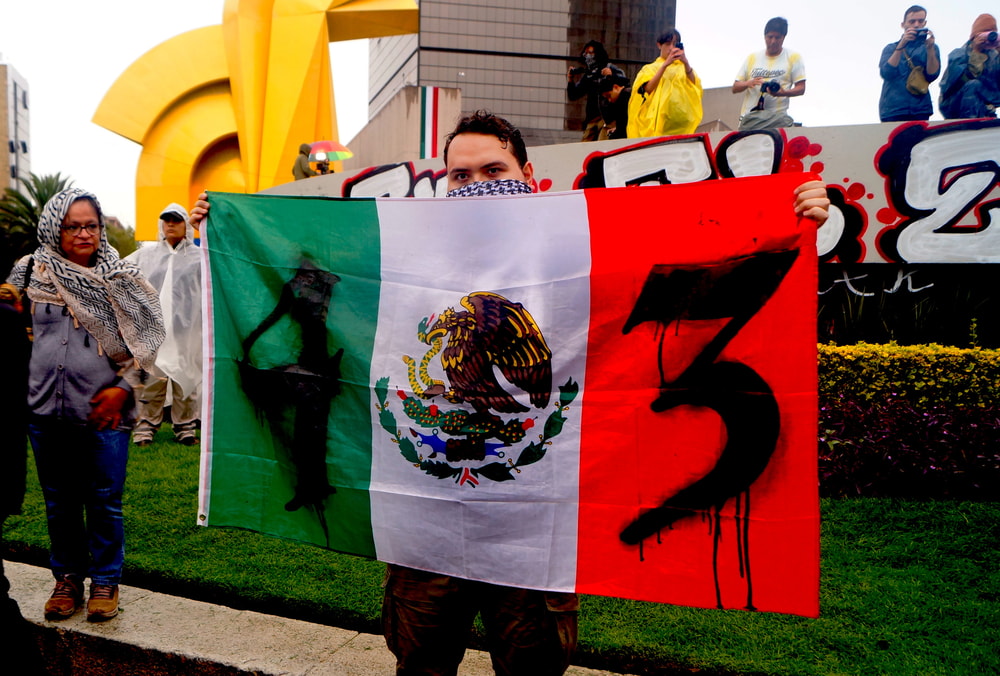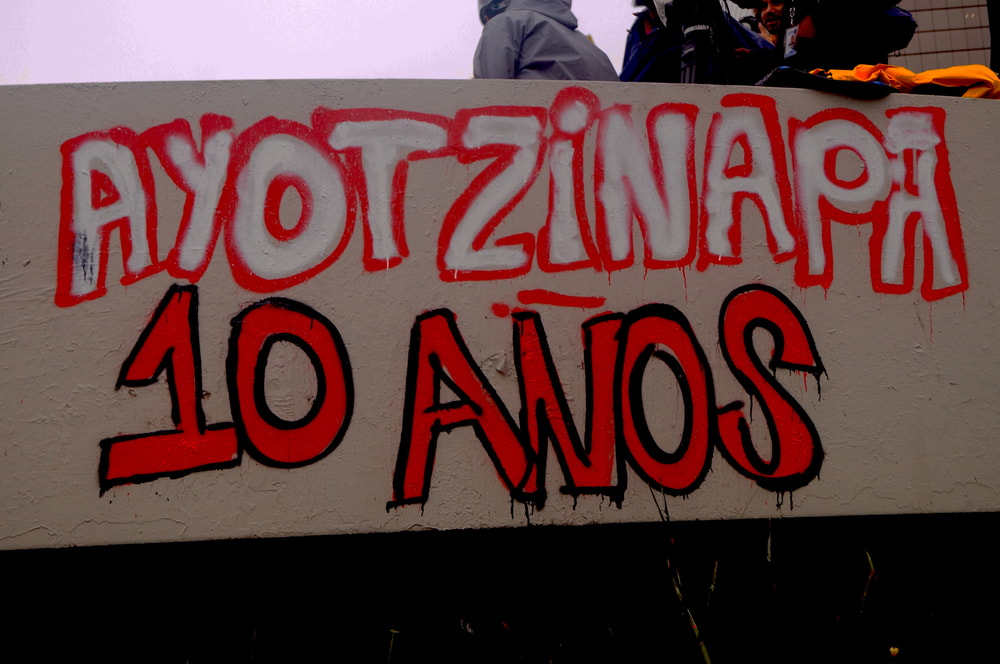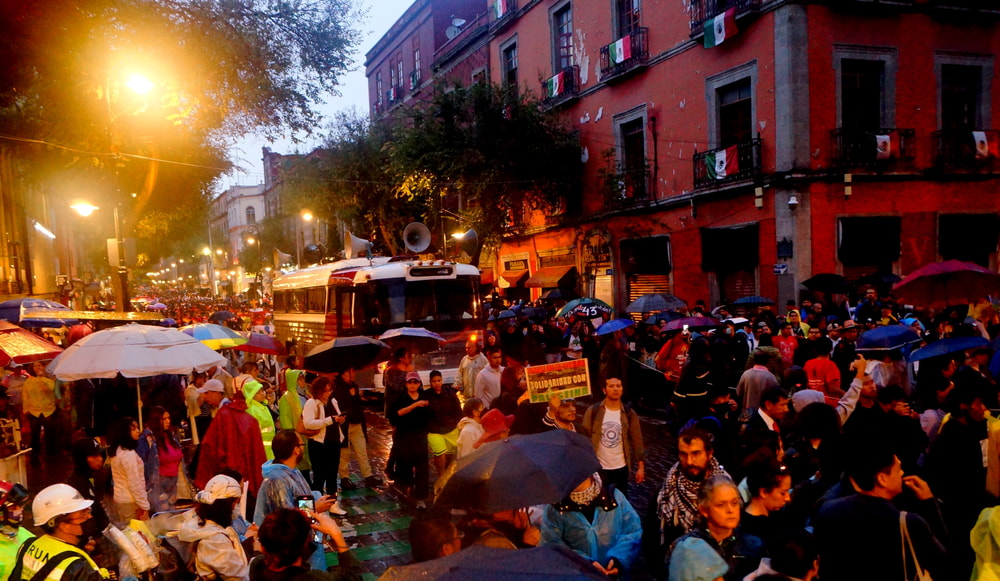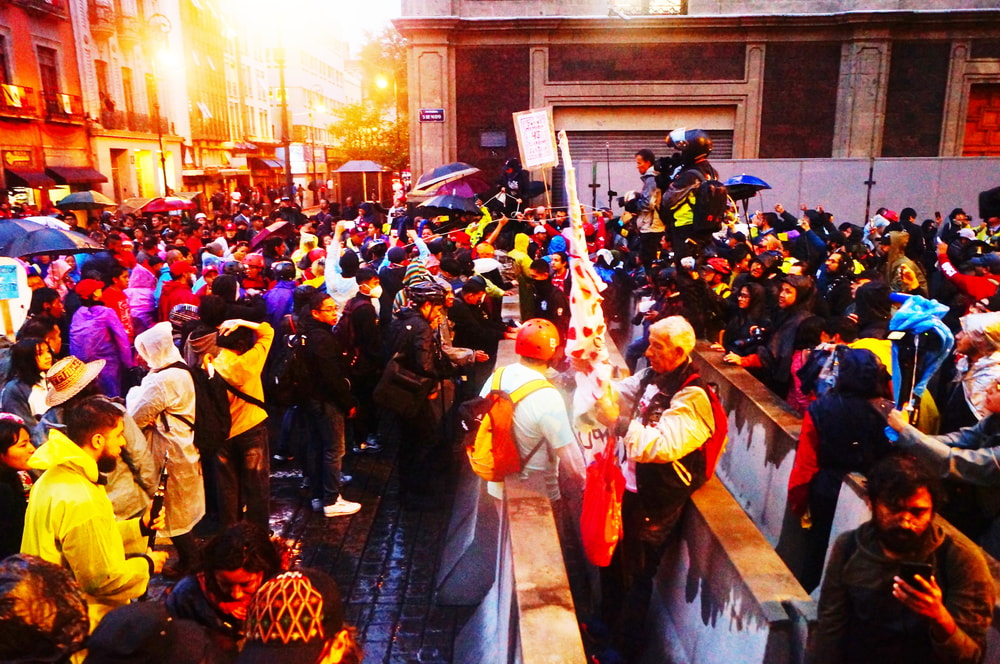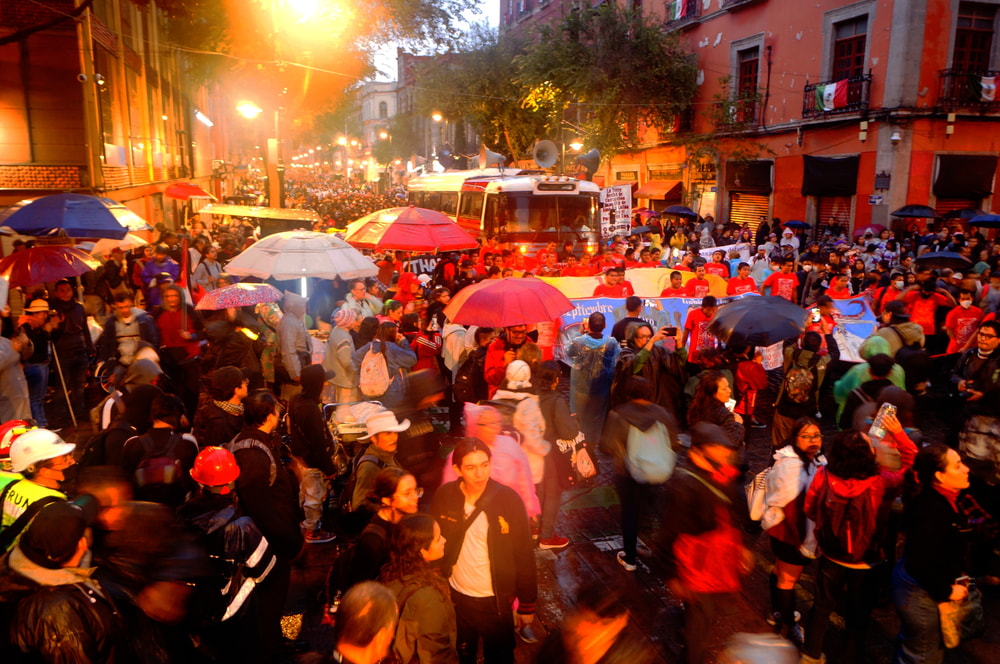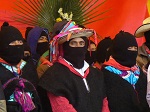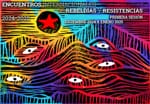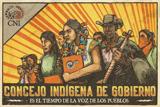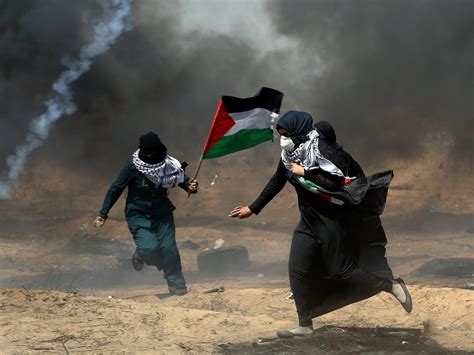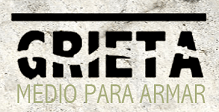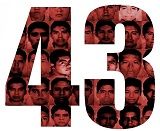Gobierno comunitario de Chilón, Chiapas, denuncia consulta amañada para construccion de autopista San Cristóbal-Palenque
En este comunicado, el Gobierno Comunitario de Chilón, Chiapas, denuncia irregularidades, falta de información, amenazas, corrupción y consulta amañanada el 9 de marzo de este año para la construcción de la autopista San Cristóbal de Las Casas – Palenque.
(Descarga aquí)San Martín, Cruztón, Chilón, Chiapas, a 28 de febrero de 2025.
A los tres niveles de gobierno
A las diferentes organizaciones de derechos humanos nacionales e internacionales
A los medios de comunicación
A los pueblos originarios
Ala opinión pública.
Estamos este día reunidos en la comunidad de San Martín, Cruztón, acompañando a diferentes comunidades de Chilón que se ven afectadas por el proyecto de la autopista San Cristóbal – Palenque.
Reunidos en un solo corazón, alzamos la voz para defender nuestro territorio. Esta construcción, que a voz del gobernador, es un desarrollo para el pueblo, en realidad ha estado llena de irregularidades y violaciones a nuestros derechos como pueblos originarios, toda vez que han sacado estudios de suelo sin nuestro consentimiento y sin información previa de por qué y para qué serán utilizados. Además, algunas comunidades han recibido amenazas por parte de ingenieros que toman las muestras de suelo, advirtiendo que de no permitirlo, la siguiente vez estarían acompañados del grupo táctico denominado PAKAL, generando con esto temor y miedo en la población.
Algunas de las autoridades comunitarias, que son la voz del pueblo, en realidad están tomando decisiones propias y sin consultar a las comunidades, además de que no está rindiendo informe del proceso de construcción de la autopista, violando con esto los reglamentos internos de nuestro ejido. La falta de información y claridad que guarda el gobierno, toda vez que en las comunidades de Chilón se rumoraba que el gobernador estaría presente el día 22 de febrero, pero no existía certeza.
Posteriormente, horas antes de su presencia en el municipio, a través de las redes sociales Facebook, se invitó a los ejidos Guaquitepec, San Jerónimo y San Sebastián Bachajón a participar en una consulta pública a mano alzada sobre el proyecto de construcción de la autopista San Cristóbal Palenque a las 11 de la mañana. Pero ¿cómo decidir claramente cuando no hay un aviso previo, cuando sólo unas autoridades del ejido sabían pero no informaron al pueblo, cuando no vocearon a través del aparato de sonido, que es el único medio aprobado por todos y todas para convocar?
El día del evento, el gobernador informó que se instalarían casillas de consulta el día 9 de marzo para que el pueblo decida si está de acuerdo con la construcción de la autopista o no. ¿Pero cómo pretende que se decida sin informar sobre los impactos ambientales, culturales y sociales que este proyecto genera? ¿Por qué vender la autopista como algo que cambiará el rostro a la selva de Chiapas, sin especificar cuáles serán estos cambios positivos y negativos y cuáles serán los rostros en específicos que se cambiarán?
Por ello reiteramos nuestra inconformidad y nuestro rechazo total a la construcción de la autopista San Cristóbal Palenque y rechazamos la supuesta consulta realizada el día 9 de marzo por no poder contar con la información necesaria para votar y por vulnerar nuestro derecho como pueblos originarios, estipulado en el artículo 2 constitucional. A ustedes, banquil huixquilzinabech, dicen que es un proyecto que genera desarrollo pero ¿a costa de quién o a quiénes? Para los mismos de siempre que tienen dinero y pueden poner negocios para las empresas, que pueden quedar con nuestras tierras a precios bajos. Dicen que los ingresos los maneja el pueblo. Nosotras y nosotros les preguntamos: ¿quiénes manejarán ese recurso? Los mismos de siempre que roban y son corruptos.
Como defensores de la Madre Tierra exigimos:
- respeto a nuestros derechos
- consulta libre, previa e informada para los pueblos originarios
- detener el despojo
- no permitir que nos arrebate nuestra tierra y nuestros recursos
- justicia y transparencia
- entrega del documento sobre impacto ambiental y cultural con la construcción de la autopista en tseltal y español antes de realizar la consulta
- presupuesto económico y la procedencia de su financiamiento,
- información de los resultados de la consulta de cada comunidad, ejido y municipio por donde pretenden construir la autopista.
No estamos en contra del progreso. Como pueblos originarios entendemos y creemos en el lekil kuxlejal, el buen vivir, el cual no es posible pasando por encima de nosotros y nosotras, destruyendo y despojándonos de nuestro territorio.
Nuestra tierra no se vende, se ama y se defiende.
Atentamente,
Gobierno Comunitario de Chilón y Autoridades de San Martín.


